
[ad_1]
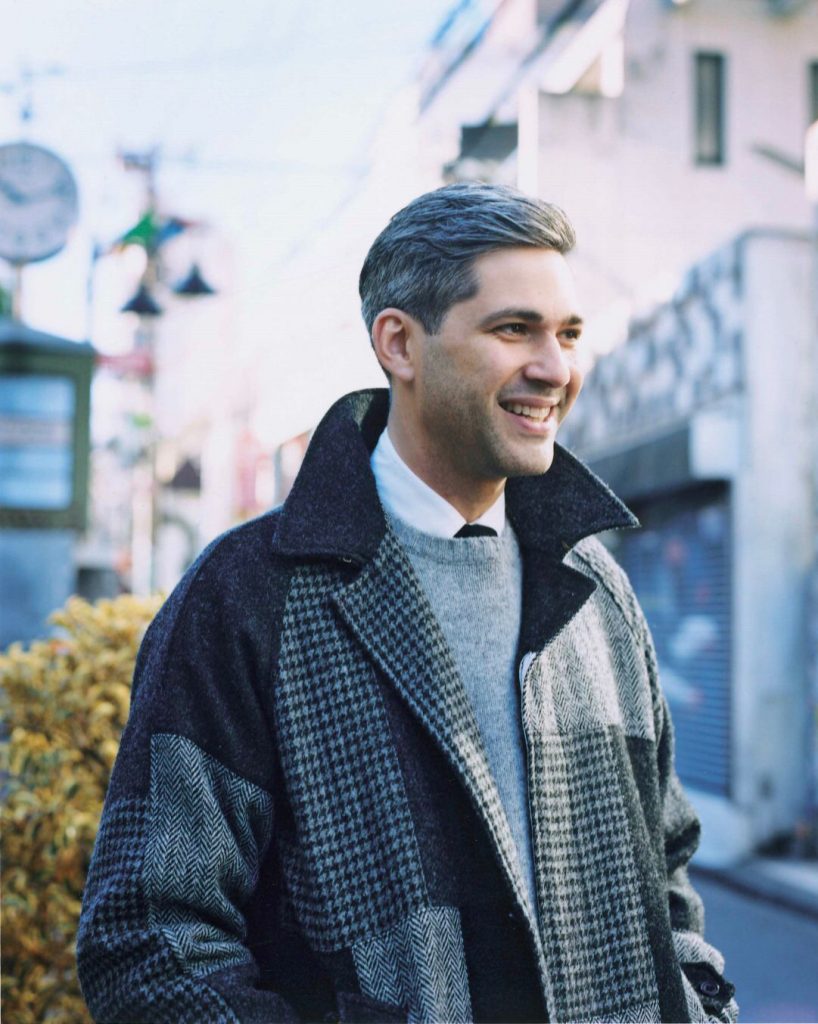
Someday across the flip of the Twentieth century, social theorists cut up into specialised fields. The realm of political economic system, as soon as integrating the fields of politics and economics, because it was mentioned by Karl Marx and Adam Smith, grew to become the 2 separate fields of political science and economics. Sociology additionally grew to become acknowledged as a tutorial self-discipline within the US for the primary time in the course of the Nineties, with the College of Chicago establishing the primary US division in 1892. Ever since then, teachers have turn out to be more and more slender of their focus: finding out how a specialised commerce rule impacts textile exports from Vietnam or how unfavorable campaigning modified the result of two native elections in Paraguay, fairly than developing with grand theories about financial growth and democracy, respectively.
David Marx’s newest guide, Standing and Tradition, is actually not the primary guide to attempt to provide you with a grand idea about social outcomes. But it surely’s the one one which applies theories from sociology, anthropology, economics, philosophy, linguistics, semiotics, cultural historical past, literary idea, artwork historical past, media research, and neuroscience to area of interest menswear issues, akin to why we venerate Japanese selvedge denim and threadbare bespoke tweeds. To make certain, his guide is about far more than menswear—it’s a have a look at how our pursuit of standing drives tradition, together with all the things from our style in music to our use of language. It’s top-of-the-line books I learn final 12 months, so I caught up with him to talk about how his concepts apply to the altering panorama in menswear.
Your first guide, Ametora, was narrowly centered on how Japan saved American fashion. This new guide is sort of the precise reverse in scope, in that it tries to elucidate how nearly all tradition occurs. How did you determine to deal with such an enormous challenge?
I didn’t at all times write about clothes, and in some ways, trend is kind of a overseas subject for me. I grew up in Pensacola, Florida, and spent a while in Oxford, Mississippi, neither of that are notably modern cities. My mother and father dressed us in Southern preppy fashion, so whereas I knew a bit about clothes, I wasn’t notably into “trend.” Rising up, I used to be very into faculty rock and different music; and later, I wrote lots about know-how and cultural tendencies usually. So after I wrote Ametora, I narrowed in on this particular story about menswear with a purpose to have a case research on how tradition is created and spreads.
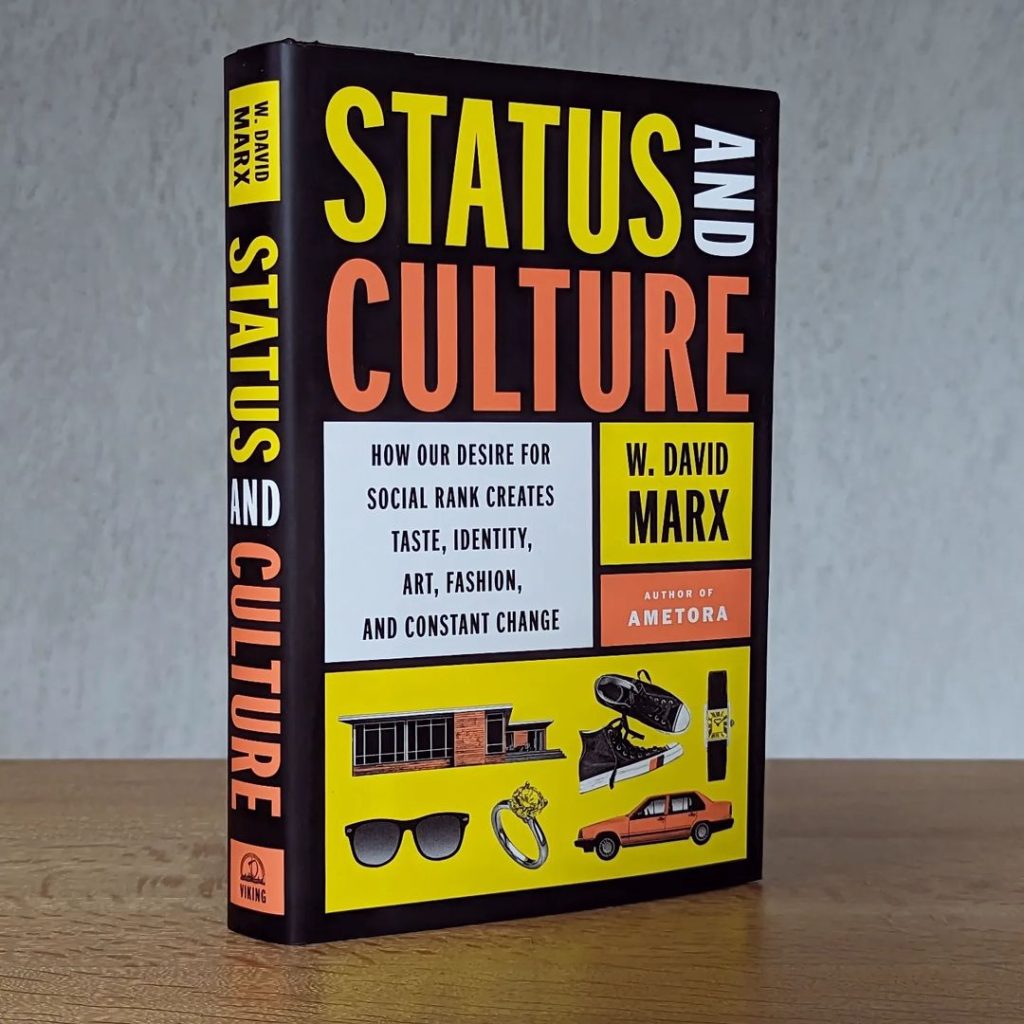
Standing and Tradition tackles a broader topic, nevertheless it’s nearer to what I’m most inquisitive about. Once I was in graduate college, I studied cultural theorists akin to Veblen, Bourdieu, Everett Rogers, and so on. I felt they had been all telling completely different elements of the identical story, however educational books tended to elucidate them as competing theories. So I needed someday to point out how all of them work collectively to elucidate how the cultural ecosystem develops. After which Ametora tipped me off on specifics of how tradition unfolds. I had at all times needed to learn a single guide on “how tradition works,” and Standing and Tradition is my try at explaining style, id, class, subculture, artwork, trend, and historical past into one interconnecting system.
In reality, I believe menswear provides us a very good lens for understanding how tradition works—the origin of aesthetics, traditions, fashions, and fads, and so on. Once I was studying Bruce Boyer’s guide True Type, I assumed, “These classes of the right way to costume are very a lot primarily based in Outdated Cash values and aesthetics—detachment, custom, and information.” Once I had an opportunity to speak to Bruce about it, I requested him, “Isn’t this simply Outdated Cash fashion?” He stated, “Sure!” You actually can’t perceive the origin of latest menswear with out excited about class, subcultures, and standing. Moreover, since males are in such denial about their curiosity in trend, you have got lots of the classes of how folks rationalize and obscure the explanations for his or her cultural habits.
In your guide, you outline folks in response to 4 social lessons, which you characterize as having various ranges of financial and cultural capital. And in response to this rubric, folks’s cultural habits will likely be decided by the place they match into these classes. As an example, Outdated Cash is excessive in financial and cultural capital, so they have a tendency to worth a sort of well-worn patina that may solely be earned via generational wealth. New Cash is extraordinarily excessive in financial capital, however low in cultural capital, so they have a tendency to favor flashier shows of standing. And the skilled class is average in each financial and cultural capital. Since they’ll’t compete with New Cash by way of shopping for flashy issues, they pursue standing by mimicking among the customs demonstrated by Outdated Cash, akin to delicate shows of wealth and information. Would you say that the heritage motion of the early aughts was largely concerning the skilled class making an attempt to pursue standing and look Outdated Cash?
Completely. First, I need to take a step again and outline what I imply by “standing.” I don’t simply imply it as middle-class folks making an attempt to one-up their neighbors by buying more and more costly issues. Standing is about people’ rank inside a social hierarchy and the way every of these completely different hierarchies is ranked in opposition to one another. At a micro stage, folks in these hierarchies combat for higher positions for themselves, after which at a macro stage, they combat for his or her teams. So sure, this might imply making an attempt to one-up your neighbor by buying costly issues—“maintaining with the Joneses.” However it may additionally embody marginalized folks preventing for dignity and equality, or one elite class making an attempt to outdo one other elite class by altering the foundations of competitors. It will probably additionally play out in artists making an attempt to get their work acknowledged inside the established artwork world. So standing encompasses a wider idea than simply “why folks purchase fancy issues.” I’d argue it’s the scaffolding on which most tradition hangs.


Now once we have a look at socio-economic teams, you’ll discover that they have a tendency to sign in frequent methods. New Cash folks go from a low-status place to having some huge cash, which opens the door for doubtlessly reaching larger standing. In order that they convert the uncooked cash into flashy, costly items, however they could not have the information of precisely what to buy to mix in inside rich circles. Whenever you have a look at the skilled class, they’ve their very own sense of superiority, the place they really feel they’re meritocratic winners and the rightful heirs of elite standing in society. They usually have an enemy proper above them, New Cash, who could have earned their fortunes via hypothesis or another implies that the skilled class doesn’t deem to be legit. So each Outdated Cash and the skilled class don’t respect New Cash.
In contrast with New Cash, the skilled class has extra cultural capital, which suggests information concerning the tradition related to folks in preexisting high-status positions. Due to larger schooling, they are often educated about artwork, music, literature, or how one ought to behave in sure privileged social conditions. New Cash typically doesn’t have this information. And so, if the skilled class leans into this cultural capital, they cannot solely achieve standing for themselves, however in some methods, they’ll attempt to humiliate New Cash for not having it. This implies members of the skilled class typically gravitate in the direction of standing alerts that exhibit cultural capital, which is to say cultural information related to their conception of Outdated Cash establishments. After all, that is all altering as of late, since we dwell in a world dominated by New Cash, nevertheless it explains plenty of Twentieth-century tradition.
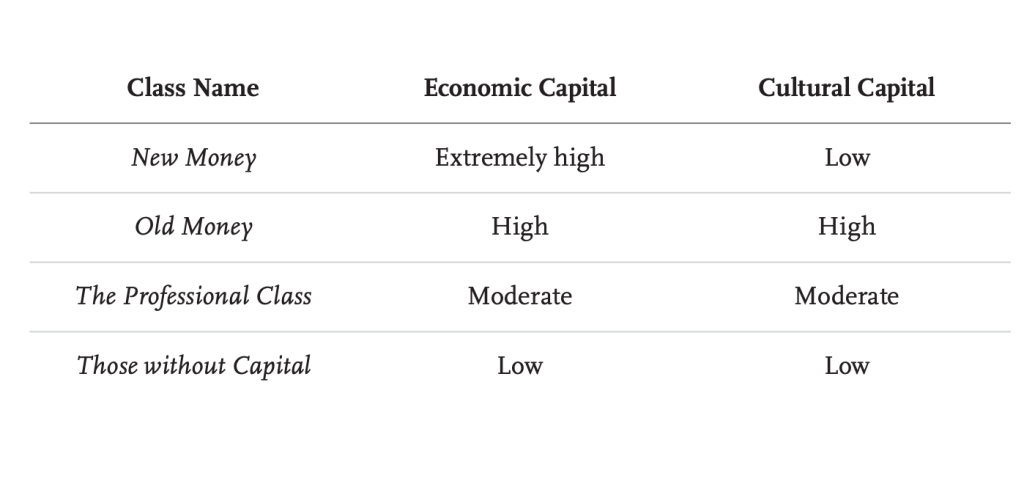
To convey this again to males’s trend, once we have a look at American males, they weren’t usually inquisitive about trend in the course of the Nineties. I believe it’s truthful to say that it was kind of taboo for straight males to care about garments. Streetwear was one the primary methods many males grew to become inquisitive about fashion as a result of they had been simply sporting T-shirts, denims, and sneakers, and streetwear offered elite variations of the issues they wore anyway. The primary massive menswear wave got here in the course of the early aughts with the heritage motion, which let males justify their curiosity in fashion by saying they had been dressing like their grandparents and re-engaging with custom. American males began to embrace issues akin to Crimson Wings, selvedge denim, oxford button-down shirts, repp striped ties, Ivy fashion—all of which had been a mix of Outdated Cash and workwear.
Wouldn’t the workwear motion work in opposition to your idea? Workwear was traditionally related to low-status teams, akin to day laborers, not Outdated Cash elites. Why would folks within the skilled class attempt to undertake the cultural aesthetic of day laborers, which in your rubric, is labeled as having low standing?
This is without doubt one of the explanation why we’ve got to watch out with how we take into consideration standing. 2 hundred years in the past, excessive standing simply meant wealth. The Twentieth century is attention-grabbing as a result of we began to romanticize low-status teams that didn’t have a lot materials wealth however appeared to be “genuine.” Elites used the kinds from and information about marginalized teams to raise their very own standing place in society. This additionally occurred with workwear, nevertheless it’s essential to acknowledge that the aesthetic is at all times primarily based within the wardrobe of an idealized laborer from a earlier financial period. Individuals are hardly ever copying the precise work garments used immediately in society. Vogue fetishizes industrial labor at a time when service jobs are ascendent and industrial labor is in decline.

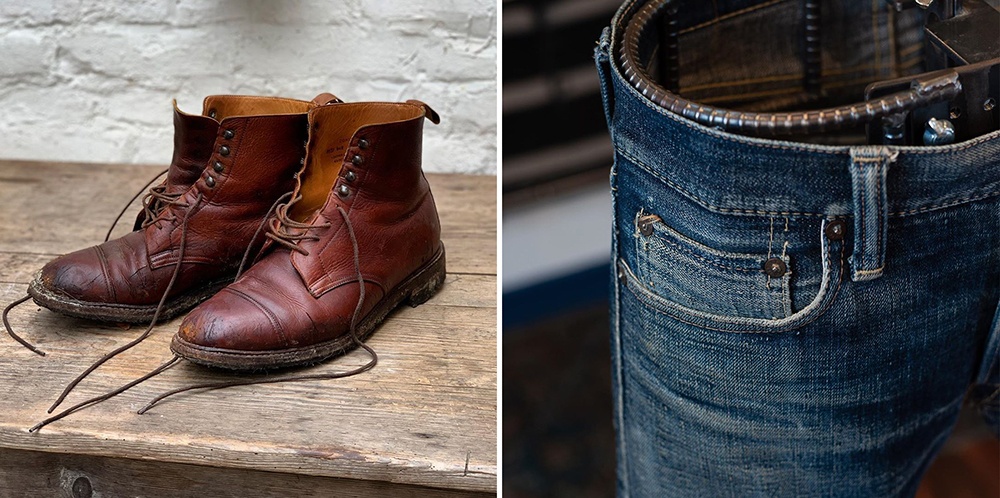
The plain critique of your guide is that you just’ve lowered sides of tradition to standing signaling, which robs such issues of their inherent high quality. As an example, you characterize Outdated Cash as valuing timelessness, thrift, and patina, which in your rubric, are simply ways in which they sign the very best stage of standing—generational wealth. New Cash should buy a mahogany desk, however they’ll’t purchase the well-worn patina of a mahogany desk handed down via generations. And the skilled class values a few of these qualities as a result of they’re simply making an attempt to imitate Outdated Cash and flex their cultural capital on New Cash. However isn’t there one thing inherently good about being thrifty, valuing timeless design, and holding onto issues as they age and patina?
Certain. I believe there may be some common advantage in lots of of those beliefs and practices. But it surely’s arduous to disregard the standing part. As an example, some folks say they thrift as a result of it’s extra environmentally sustainable, however that’s simple to confess that once we’re now in a time once they understand it’s going to sign a virtuous habits. Not so way back, thrifting was not one thing upper-middle-class folks engaged in for standing functions. Within the Eighties, younger folks in Japan purchased Comme des Garcon and Yoji Yamamoto second-hand as a result of they couldn’t afford the brand new variations. Mother and father on the time complained that kids have to be very impoverished that they’re pressured to purchase used clothes.
Whereas not all the things is standing, it’s counterproductive to disregard the position that standing performs in so many cultural behaviors. To grasp cultural habits, you’ll be able to’t actually take heed to everybody’s self-explanations. Tradition is at all times about group habits—and the typical sort of standing signaling maps fairly effectively onto how sure aesthetics emerge from specific teams.
However as a bunch, Outdated Cash comes from the individuals who stepped off the Mayflower, and people folks derived their sense of aesthetics from Puritan values. Such folks had been by no means going to be flashy dressers anyway. They had been naturally going to be thrifty, which meant passing issues right down to kids. If we have a look at the sociological origins of those values, weren’t they as soon as rooted in Christianity?
True, however for those who have a look at late Nineteenth-century robber barons, they had been constructing very flashy monuments for themselves. Their kids then took on Outdated Cash aesthetics. These aesthetic shifts can occur in a short time, from technology to technology. Cultural beliefs are inclined to observe standing signaling, fairly than standing signaling following cultural beliefs. No particular person is condemned to sure beliefs as a result of their ancestors had been Puritans. The purpose of Standing and Tradition is to provide folks a discipline handbook to grasp how these dynamics function to raised perceive these cultural behaviors and outcomes.
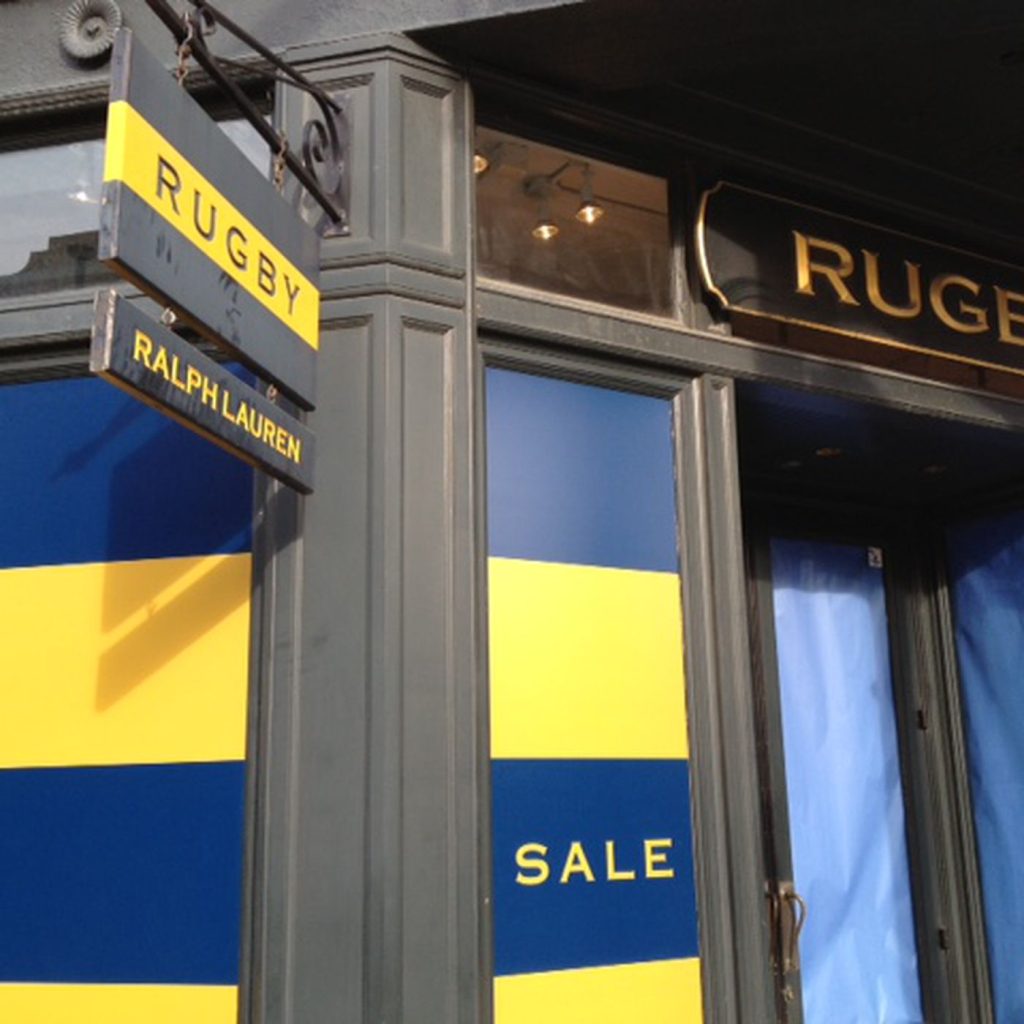

Your guide explains how we acquired the heritage motion, however how do you clarify its demise? Why did the skilled class go away the Outdated Cash aesthetic?
Lots of the alerts related to the look finally grew to become so ubiquitous that they not represented any type of elite information. As an example, within the early 2000s, Thom Browne got here out with the shrunken go well with as a response to the sloppy aesthetic of the Nineties. On the time, many males had been nonetheless sporting these dishevelled, overly-long pants that pooled round their ankles. So by popping out with slim match, cropped pants, Browne was providing a classy negation. This made slim match into the elite signifier. However finally, slim match turns into the norm, and the one place to go is again to dishevelled once more. That’s the place we’re with the huge pants development.
That appears like a combat inside the skilled class, not essentially a combat between the skilled class and New or Outdated Cash. Which maybe speaks to among the variety inside these teams. In different phrases, it’s somebody within the Artistic Class not eager to appear to be a boring lawyer or center supervisor.
Sure, completely. And never eager to appear to be latecomers to the motion. I keep in mind seeing the massive suits beginning to present up in Popeye journal about six years in the past, and on the time, Mister Mort was saying skinny pants are out, and large pants are in. I keep in mind studying that and pondering, “Ah ha, the reversal is coming!” But it surely has truly taken some time to catch on; we’re not at full proliferation but. One of many explanation why I believe it has taken some time is that we don’t have a story for the massive silhouette look; it’s only a counter-reaction to what was in fashion a number of years in the past.
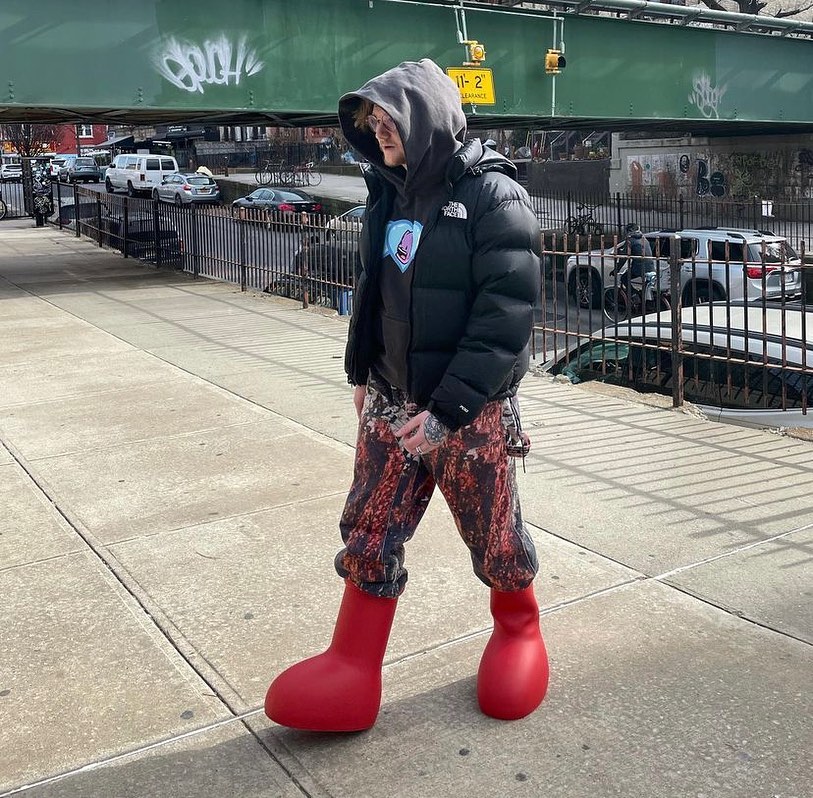

The heritage motion caught on rapidly as a result of it had a fantastic narrative: most males costume terribly and have to return to their roots. They’re not essentially “into trend,” per se; they’re simply dressing like their grandfather. It’s like, “I’m not doing something pretentious or ostentatious; I’m simply getting again into conventional American clothes.”
There hasn’t been a story like that in the previous few years. Dishevelled is only a response to slim suits; the rise of cheesy aesthetics—Balenciaga, Grateful Lifeless t-shirts, clashing patterns—is a counter-imitation of minimalist clothes. So there can at all times be completely different sources of cultural change—completely different proposals of innovation—however there must be a purpose to get folks to desert one factor and undertake one other. Loads of trend proper now could be only a counter-imitation of what’s well-liked, and when it swings an excessive amount of in the direction of the intense ends of the spectrum, it makes issues too brazenly appear to be trend. There are some individuals who will undertake large chinos and layer actually cheesy shirts on prime of different cheesy gadgets, however the lack of narrative round why we must always all do that has made this a slower burn than the heritage menswear motion, which had an extremely highly effective story.
So is the Outdated Cash aesthetic useless ceaselessly? Or do you’re feeling it would return as soon as streetwear will get saturated?
There are some issues which can be simply not going to go away. Within the guide, I begin Chapter 9 about how the oxford material button-down began as a fad. It went away, got here again, went away, after which got here again. At this level, I believe it’s simply a part of American custom. Although folks of all backgrounds put on it—a few of whom we could not need to be related to—it has such overpowering associations with historic high-status figures, akin to Miles Davis, JFK, and the nameless college students in Take Ivy, that I believe it’s now simply a part of American menswear canon.
The opposite factor is that this Ivy fashion has had a really wealthy, vibrant tradition. That is one thing I talked about in Avery Trufelman’s current podcast sequence. Ivy fashion just isn’t well-liked simply because WASPs wore it, and we’re all in awe of WASPs. It’s been strengthened within the interaction of elite campuses, the set of Jewish tailors and clothiers who made these clothes, the black People who made it a part of their tradition and gave it a way of cool, and the Japanese manufacturers who helped find the unique authenticity in it. So it’s actually about how these completely different teams use these symbols to precise their id. Is there ever going to be a time when everybody needs to decorate like George Plimpton? In all probability not. However parts of that individual aesthetic will come again in a special kind as a result of there are some common parts within the look: minimalism, understatement, shabbiness, and so on. Skaters can put on oxford-cloth button-downs, too.
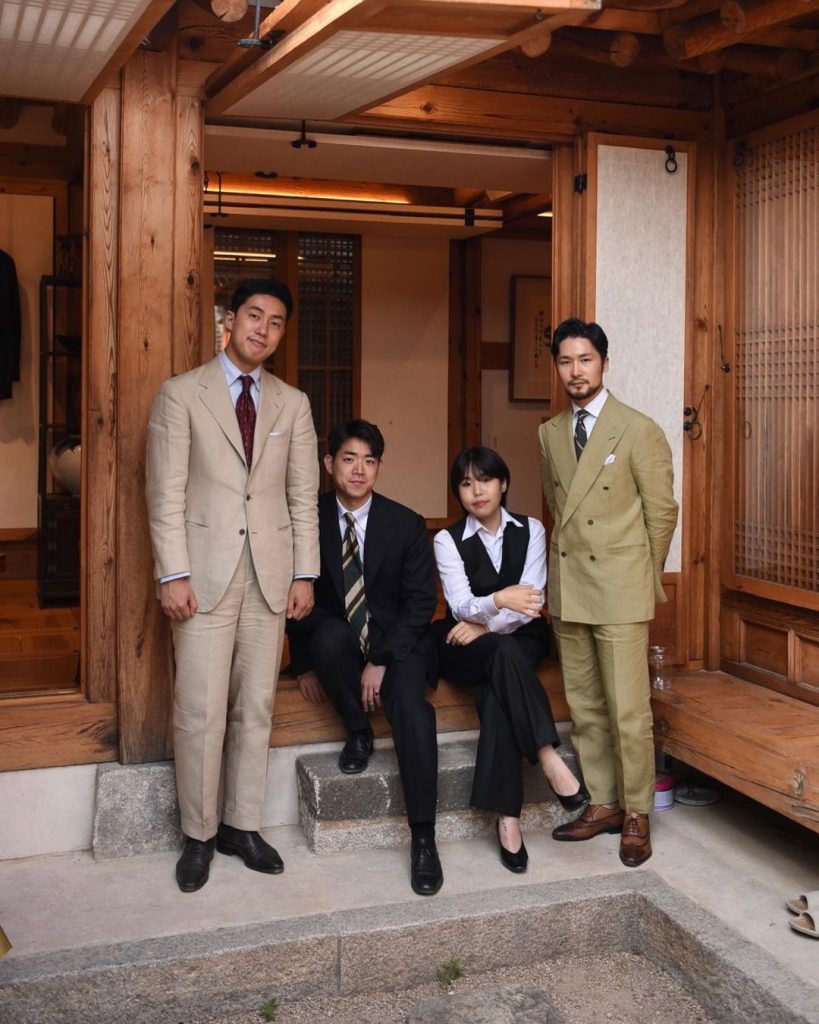
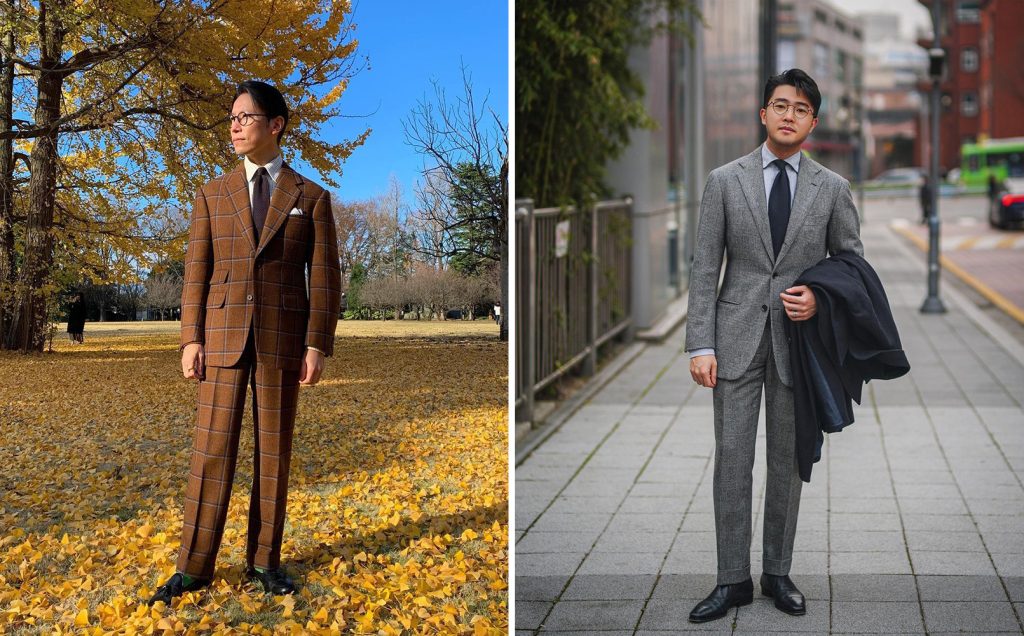
Why do you suppose a model of Outdated Cash aesthetics survives in East Asia, however not the US? For instance, possibly it wasn’t George Plimpton, per se, however individuals who had been of George Plimpton’s social class was actual fashion icons for guys who had been obsessive about menswear from about 2007 to 2012 or so. However now that Outdated Cash aesthetic is gone, even within the corners of the web that was champions of it. All of the dialogue these days, even in basic menswear, is round flashy watches and colourful footwear, which isn’t Outdated Cash style in any respect. However weirdly, after I see Outdated Cash aesthetics on Instagram, it’s normally from very small communities in Japan, South Korea, Singapore, and Thailand. Why do you suppose this aesthetic has survived in East Asia, however not the US?
The very first thing to grasp is that this aesthetic got here to Japan as a overseas import. The folks in East Asia who ended up sporting it had been unlikely to be from the unique Outdated Cash, East Coast communities. So Ivy fashion needed to be deconstructed, repackaged, and defined to Japanese prospects who purchased it and liked sporting it “correctly” as a approach to sign their deep information. The top consequence was that the Japanese manufacturers and media preserved the look as a algorithm.
When this look got here again to the US about fifteen years in the past, the individuals who adopted it had been additionally not essentially from Outdated Cash communities. Regardless of being American, they had been discussing the fashion in the identical manner Japanese folks did, They had been speaking about an specific algorithm and adopting the aesthetic not because the natural customs of a group however as a mode transfer.
That is very completely different from how the unique practitioners wore it within the Nineteen Sixties or so. Throughout this time, a scholar would have gone right into a college store to buy gentle blue oxford material button-downs, Shetland sweaters, blue blazers, chino pants, and camp mocs as a result of these are the issues the clothier bought. It was only a pure final result of the atmosphere.
As soon as these turn out to be fashion strikes, persons are vulnerable to transferring on. When you acquired into menswear via American tailoring, you might need moved on to British or Italian tailoring since you see it as extra superior. And it’s a must to preserve tempo with different menswear tendencies—akin to maximalism or minimalism—which can impression the way you costume.
In Japan, there’s a bunch of people who find themselves actually into American trad, they usually don’t alter it very a lot as a result of they see the foundations set in stone. They’re fanatical about this look. My sense is that these Japanese communities have influenced different folks throughout East Asia. My first guide, Ametora, has bought probably the most copies in China, and it’s doing very effectively in South Korea. There are folks in these locations who’re very inquisitive about American trad, however they’re approaching it very a lot with the Japanese mindset (or alternatively, mixing it with streetwear).
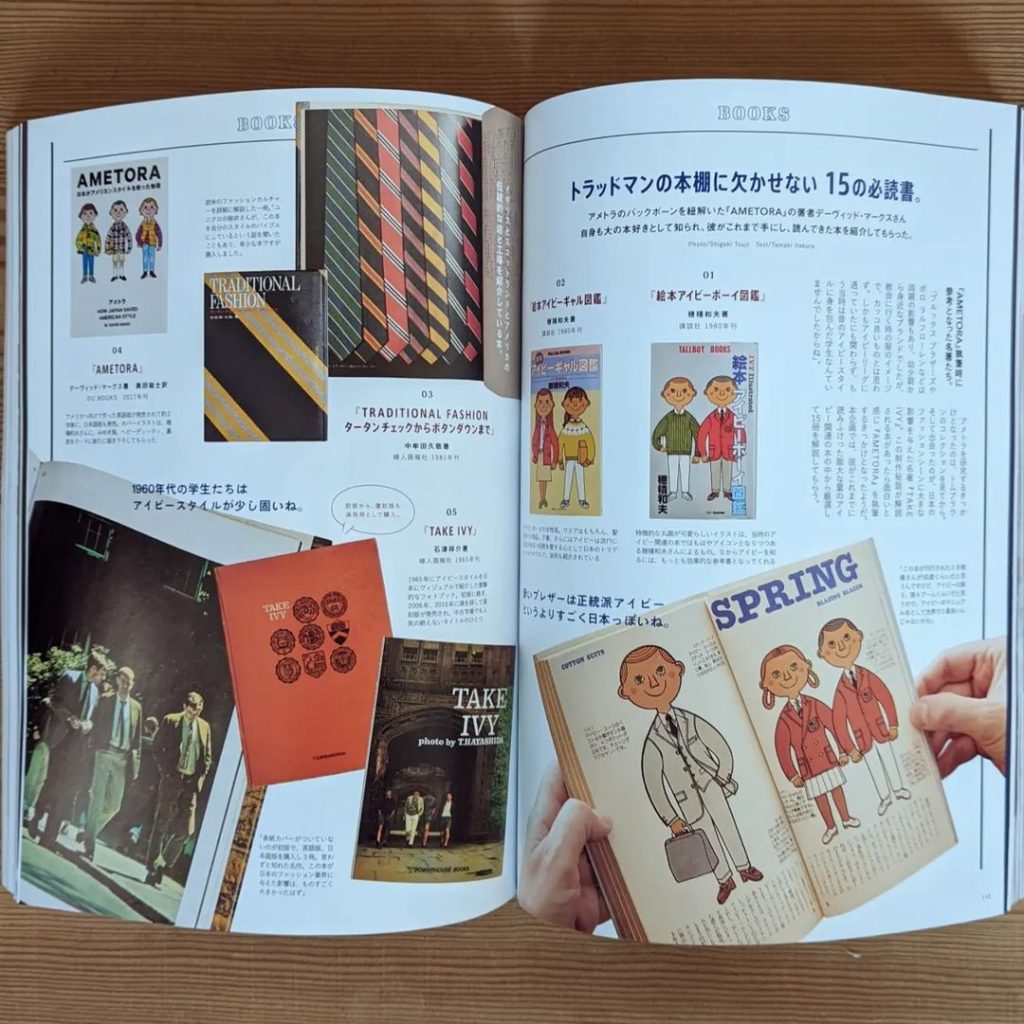
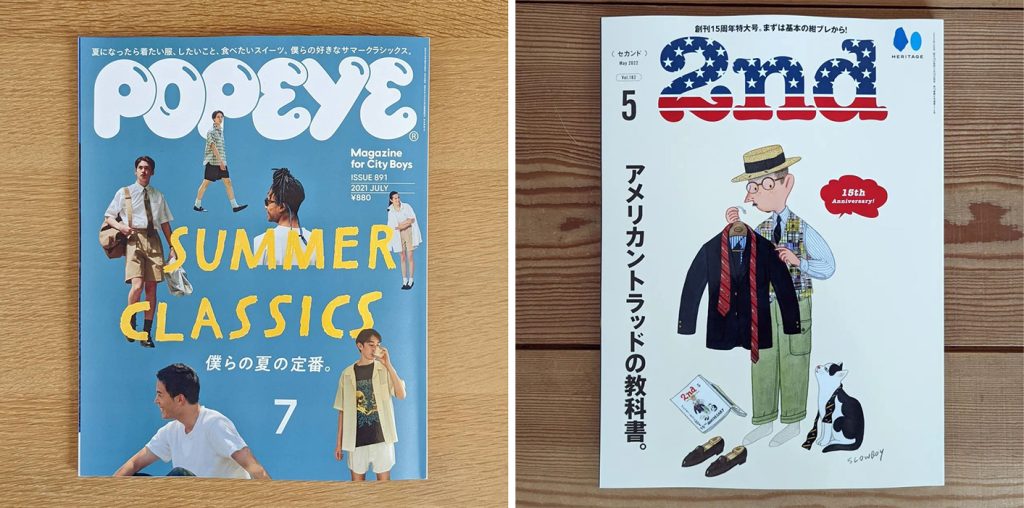
The opposite factor to notice is that fits are nonetheless a part of each day life in Japan and South Korea. There are nonetheless males who go to work in fits, and so there are nonetheless the clothiers and tailors who serve this section of the market. And because you see so many individuals in fits every single day, there are going to be modern individuals who take into consideration expressing their trend sense in fits fairly than simply via T-shirts with logos.
What’s the media local weather like in Japan? Are there nonetheless blogs and on-line boards to debate basic males’s fashion? Within the US, each of these items have all however died, which has impacted how simply one can find out about these aesthetics.
There aren’t many menswear blogs in Japan, however magazines nonetheless command a robust place. Males’s Membership simply celebrated its 68th anniversary; plenty of younger folks nonetheless learn Popeye. I believe that is the distinction between the US and Japanese menswear scene. Within the US, plenty of that motion was pushed by blogs, whereas in Japan, the power got here from magazines. And there are nonetheless Japanese magazines that speak about trad. Some are particularly about that subject, whereas others cowl it each fourth difficulty or so.
Essentially the most attention-grabbing chapter of your guide is the final one, the place you give a idea on why tradition feels caught proper now. A part of that chapter is about how standing video games are very completely different now with the web, the place issues which can be cool can turn out to be uncool in a matter of hours. Consequently, nothing actually takes maintain, so we get fleeting fads as an alternative of era-defining tendencies. As I used to be studying that chapter, I discovered myself agreeing since you had been speaking about tradition at massive. However after I consider menswear, I can consider some essential tendencies within the final twenty years. Simply on this dialog, we talked concerning the rise and fall of heritage menswear and the Outdated Cash aesthetic, the rise of streetwear, and the way issues have moved between slim and huge suits. Eight years in the past, for those who had been to stroll via downtown San Francisco, you’d see a dozen guys in joggers, black lambskin double riders, and Chelsea boots. Now it’s all about chore coats. Don’t these items mark eras in menswear tradition?
I agree there are micro and macro tendencies in menswear. The macro tendencies have been very resilient, partly as a result of we hit 12 months zero within the Nineties, when males had been so tired of fashion, you might create a significant second by simply the revival of “fashion” itself. So for those who return to the early 2000s, you have got the hipster skinny denims second and heritage menswear second, each of which I believe will mark their period. We’ll additionally look again at this dishevelled, maximalist, deliberately cheesy period as a “factor.” As these macro tendencies emerge, they set the horizon of selections for males.
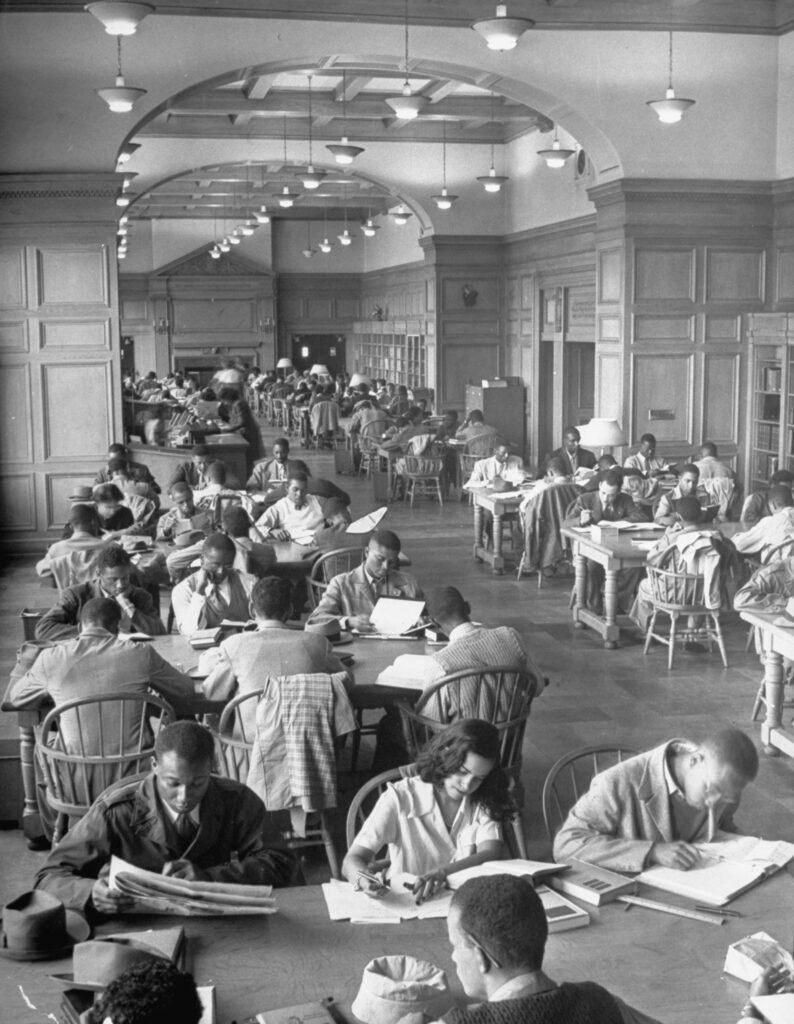
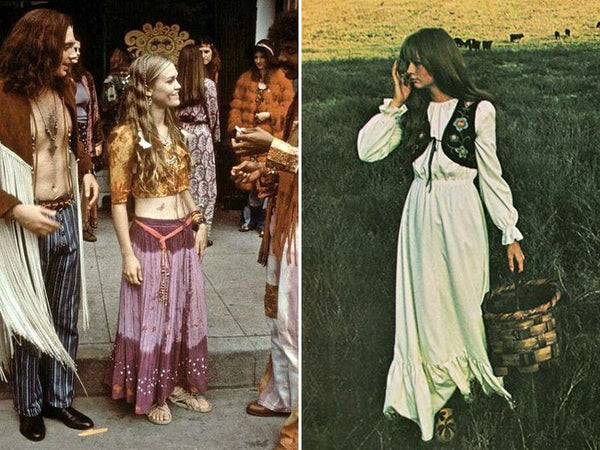
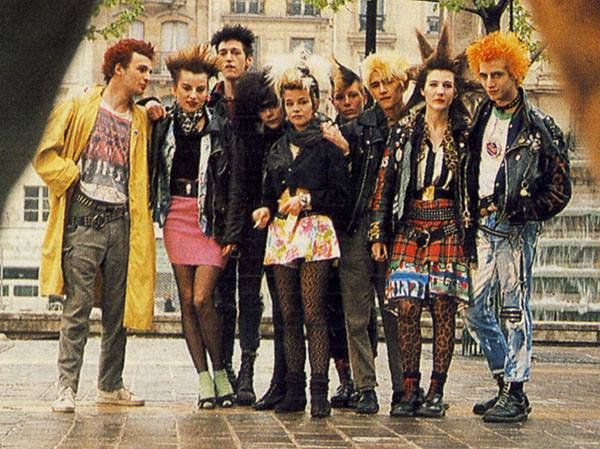
Nonetheless, these modifications are a lot much less excessive than what we noticed within the Fifties, 60s, 70s, and 80s. For instance, whenever you return and watch episodes of Buddies, the kinds are vaguely uncool, however you continue to know individuals who costume like that. At this level, the menswear scene is a comparatively small group—it’s not the entire inhabitants of males—which suggests they’ll’t create society-defining tendencies; you simply get tendencies in menswear. And plenty of the tendencies are merely revivals of basic items. A chore coat, for instance, just isn’t a surprising trend assertion that we’ve by no means seen earlier than. When you noticed somebody who’s not into menswear put on one, you may suppose it’s a cool alternative, nevertheless it’s not a very shocking or upsetting alternative. The rationale why we keep in mind the style selections of the Fifties, 60s, 70s, and 80s is that they had been new and excessive selections that always upset lots of people.
Doesn’t the early 2000s slim match silhouette and J. Crew’s large chino characterize two excessive pant silhouettes for males?
I agree, however these are nonetheless denims and chinos, and are sometimes worn in typical methods. Examine that to how Nineteen Sixties Ivy, Nineteen Seventies hippie, and Eighties punk had been big shifts. Granted, these weren’t the identical teams of individuals all through that interval, however every of these teams outlined their period. People who find themselves inquisitive about menswear now can look again and say, “Oh yeah, skinny denims” and “Oh yea, massive chinos.” However does the typical particular person take into consideration the early 2000s as a special interval due to the narrowing pant width?
Whenever you say tradition is caught, does that imply we’ll not see innovation?
No, I nonetheless suppose there’s a fantastic risk for innovation. We’ve given extra folks than ever in historical past an opportunity to take part within the creation of tradition. As an example, within the Nineties, you might make a movie in faculty, nevertheless it wouldn’t actually be seen by anybody since you needed to get it into movie festivals. Now you’ll be able to simply publish it on-line. The identical is true for music, artwork, and even clothes manufacturers. So there’s nonetheless plenty of innovation, and I believe that’s nice. The query is, why don’t we really feel like we’re dwelling in an period of innovation?
My take is that it’s as a result of a significant supply of cultural worth is standing worth. We don’t need this to be true, as a result of we’d prefer to suppose that issues have intrinsic aesthetic worth or some form of communal worth that transcends standing worth. However standing worth simply infects the best way we take into consideration issues. And in Chapter Ten of Standing and Tradition, I present how the actual standing relations created by the web have all conspired to deplete standing worth.
When you create one thing and no one interacts together with your concepts or creations, then they’re kind of useless. Culturally, we’ve got an excessive amount of stuff in movement now. As a society, we’re not prepared to all transfer in a single path and have interaction with the identical issues, so it’s tough for us to create a story about what’s occurring. Immanuel Kant identified that geniuses aren’t geniuses except their concepts go on to affect society. So except new concepts are popping up and provoking wider actions, we could really feel like tradition is caught.
Many due to David for taking the time to talk with me. Readers can order his books Ametora and Standing and Tradition on Amazon. You can even join his publication, CULTURE: An Proprietor’s Handbook.
[ad_2]